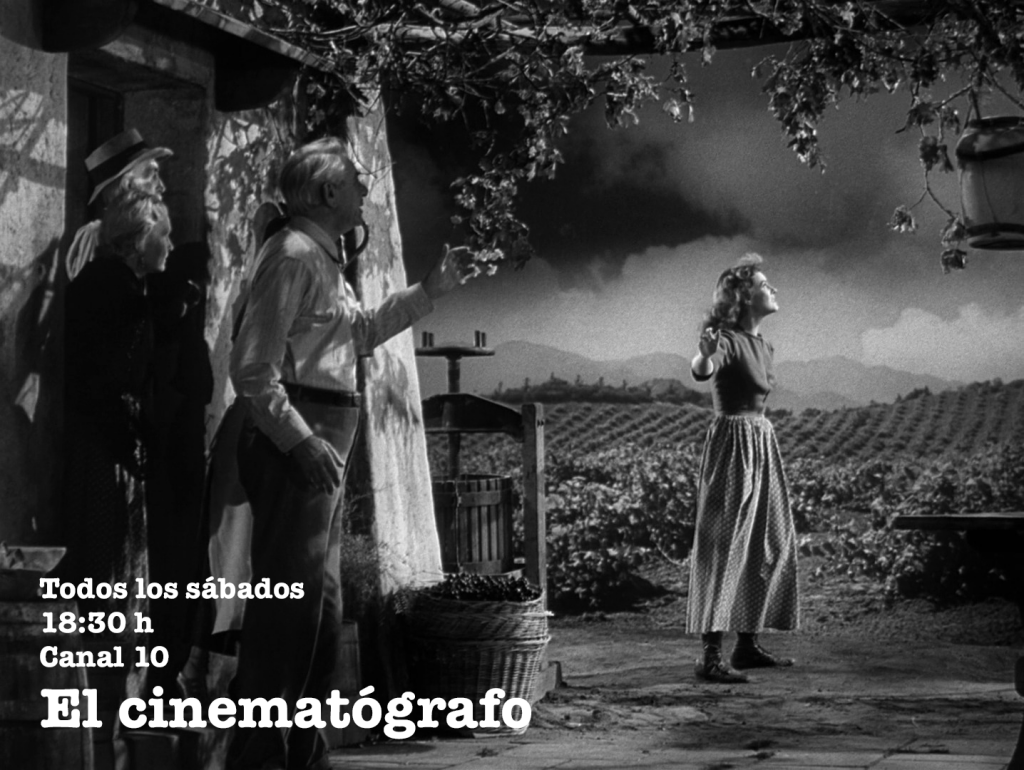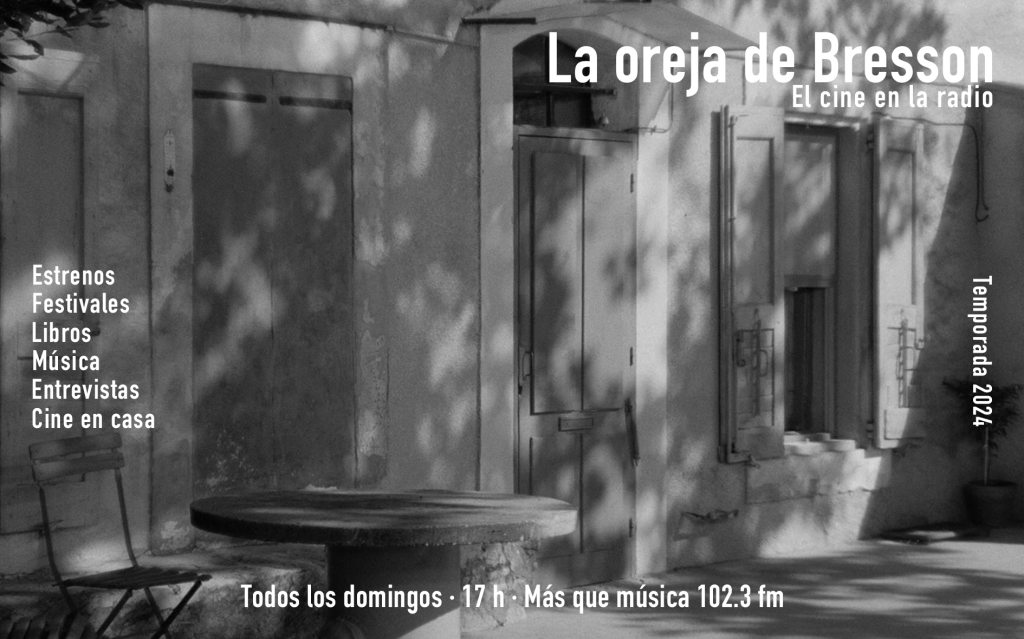SHORT REVIEWS (09): SUEÑO Y SILENCIO / THE DREAM AND THE SILENCE
Sueño y silencio / The Dream and the Silence, Jaime Rosales, Spain, 2012
By Roger Koza
The invisible emotional work of mourning is not often filmed with precision; inevitable as its very causes, mourning is an imposed state of mind, a never-chosen experience. And without any doubt the most terrible mourning is that in which the natural order is reversed to see one’s child dying is the ultimate cruelty. And this is the tragedy chosen by Jaime Rosales in his remarkable fourth feature film.
A Spanish couple lives in Paris with their two daughters. He is a successful architect and she teaches Spanish. They both love their children and this feeling is perceptible at an almost tactile level in some scenes, such as that in which the whole family is gathered on the parent’s double bed early in the morning. A wide shot leaves all suspicions aside family is an institution compatible with satisfaction and grace.
But an accident —visually elided though determinant for the plot— will happen. Someone will die and halfway through the story that discreet paradise of bonding will become a silently dry vale of tears. Rosales works on the substance of his tale through contrasts; and though at the beginning the repetitive nature of everyday life is seen as a source of happiness and stability, in the second part of the film this will be dialec- tically refused. In face of suffering and the inevitable, everyday actions are deprived of the signs which dignify their repetition. Fixed wide and medium shots showing everyday interaction reinforce the observational nature of the staging; in times of happiness the meaning of things is related to the bonds that we establish, while in times of sorrow lack of meaning hovers and lack of communication prevails.
Rosales’ formalism reaches its peak here. His obsession for geometry and finding the perfect placing to register is made evident at the veiling-ceremony sequence; a ghostlike walk in the park clearly shows the way he has mastered the movement through space (those travelling shots are fantastic); and off- screen events become a concept applied to the register of the dialogues as well as to the portrait of feel- ings. In black and white, using only natural light, and under the dizzying effect of shooting every scene in a single take, Rosales’ radical gesture lies in filming only those strictly necessary aspects of an experience.
Roger Koza / Copyleft 2013






Últimos Comentarios